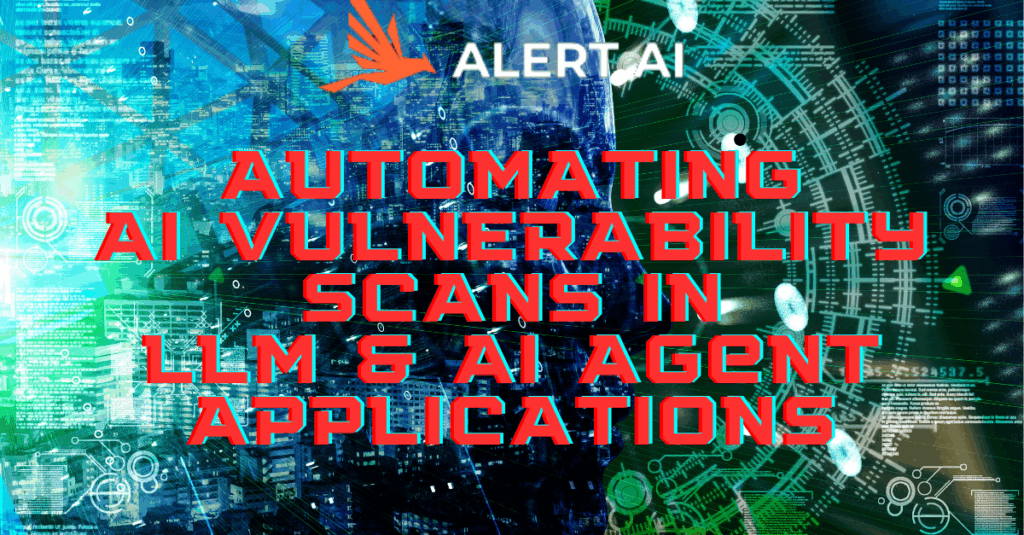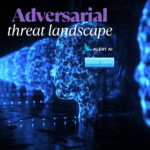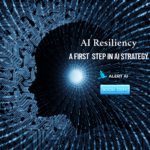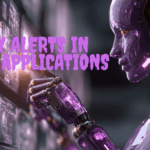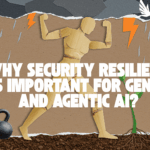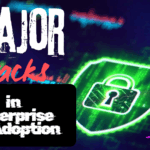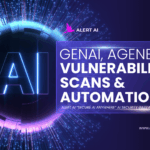Automating LLM and AI Agent Vulnerability Scans with Alert AI using NVIDIA GARAK Integration
Fortifying GenAI Application Security and AI Agent Security:
Automating LLM and AI Agent Vulnerability Scans with NVIDIA GARAK and Alert AI “Secure AI Anywhere” Zero Trust AI Security Gateway.
Alert AI “Secure AI Anywhere” Zero-Trust AI Security Gateway platforms has several services. One of those is AI Red teaming Service. Alert AI Red teaming services provides clean automated, effortless and seamless with NVIDIA GARAK for Automating, Orachestrating LLM Applications and AI Agents Vulnerability Scans.
Why Automated LLM Vulnerability Scanning is Crucial
What is NVIDIA GARAK and how does it work?
- Generators: GARAK can interact with a wide range of LLMs hosted on various platforms like OpenAI, Hugging Face, Cohere, NVIDIA NIMs, and even local GGML/GGUF models. It achieves this through its “Generator” abstraction, which handles the communication and response processing.
- Probes: These are the core of GARAK’s testing engine. Probes are specialized modules that craft and execute targeted prompts to exploit specific weaknesses or elicit unintended behavior from the LLM. GARAK offers a wide array of probes targeting vulnerabilities like:
- Prompt Injection: Manipulating the LLM’s behavior by inserting malicious instructions within user input.
- Data Leakage: Unintentionally exposing sensitive training data or confidential information.
- Hallucinations: Generating factually incorrect or misleading information.
- Toxicity: Producing offensive, biased, or harmful language.
- Jailbreaks: Bypassing safety mechanisms to generate restricted content.
- And many more, including encoding-based attacks and XSS.
- Detectors: After a probe sends a prompt, detectors analyze the LLM’s response to determine if a vulnerability has been successfully triggered. Detectors can use various techniques like keyword-based analysis, rule-based systems, and even machine learning classifiers to assess the LLM’s output for specific failure modes.
- Reporting: GARAK generates detailed reports outlining the vulnerabilities found, including information on successful prompts and overall metrics of the model’s security against specific attack vectors. This structured reporting helps developers prioritize mitigation efforts and streamline the remediation process.
Key benefits of using GARAK
- Automated and Comprehensive Scanning: GARAK automates the entire vulnerability assessment process, freeing up valuable developer and security team resources. It provides comprehensive coverage of various LLM vulnerabilities, ensuring a more thorough security assessment.
- Support for Diverse LLM Ecosystems: GARAK’s broad compatibility with various LLMs and platforms, including custom integrations, makes it adaptable for diverse deployment environments.
- Adaptive Attack Generation: GARAK can learn from past failures and adapt its probing strategies, dynamically generating new adversarial prompts to uncover even more elusive vulnerabilities.
- Actionable Insights and Recommendations: GARAK provides tailored recommendations for mitigating identified vulnerabilities, guiding developers in refining prompts, retraining models, or implementing output filters.
- Open-Source and Flexible: GARAK is an open-source tool, making it accessible to organizations of all sizes and allowing for customization and community contributions to expand its capabilities.
-
Comprehensive Coverage:GARAK provides a wide array of probes and detectors to identify various vulnerabilities, including prompt injection, data leakage, hallucination, toxicity generation, and jailbreaks.
-
Efficiency:Automating the scanning process significantly reduces the time and resources required for vulnerability assessment, allowing for more frequent and thorough checks.
-
Consistency:Automated scans ensure a consistent and repeatable testing methodology, eliminating human error and bias.
-
Proactive Security:Early detection of vulnerabilities allows developers to address weaknesses before they can be exploited in production environments.
GARAK operates by sending carefully crafted prompts (“probes”) to the target LLM or AI agent. These probes are designed to elicit specific responses that indicate potential vulnerabilities. The LLM’s outputs are then analyzed by “detectors” which identify “hits” – instances where the model exhibits undesirable or insecure behavior. This iterative process, involving multiple generations for each prompt, accounts for the stochastic nature of LLM outputs, providing a more reliable assessment.
Integrating GARAK into Your Development Workflow:
AI SDLC, AI pipeline enabling continuous security and vulnerability management of your LLM applications and AI agents. This ensures that security is baked into the development process from the outset, rather than being an afterthought.
By leveraging this integration, organizations can significantly enhance the security posture of their LLM-powered applications and AI agents, fostering greater trust and mitigating potential risks in the rapidly evolving AI landscape.

